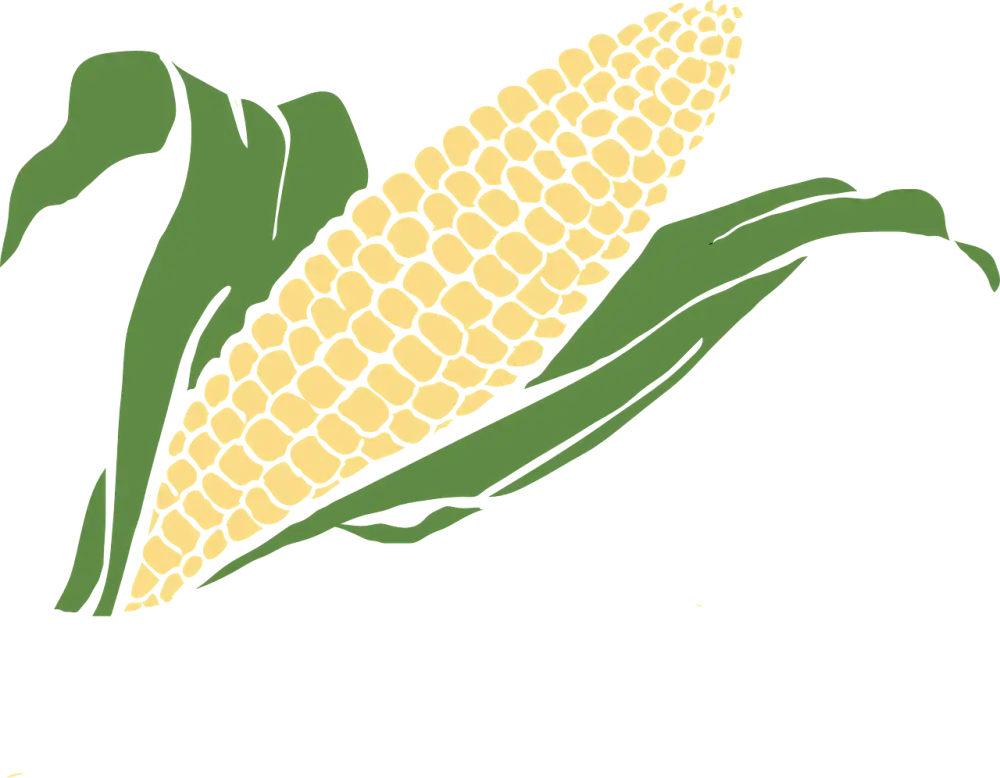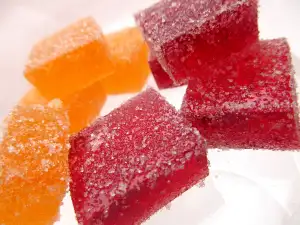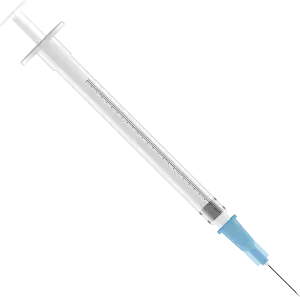Understanding Pica: Exploring the Risks and Remedies of Eating Corn Starch for Better Health

Eating corn starch, a fine white powder derived from corn kernels, may seem like an unusual habit to some. However, for individuals with pica, a disorder characterized by the persistent urge to consume non-food items, corn starch is a common choice. Pica is often associated with nutritional deficiencies or underlying medical conditions. Understanding the connection between eating corn starch and pica can shed light on the potential risks and remedies for this behavior.
Understanding pica and its impact on health
Understanding pica is crucial in order to grasp the potential impact it can have on one's health. Pica is a disorder characterized by the persistent urge to consume non-food substances, such as corn starch. This behavior can lead to serious health consequences, including nutrient deficiencies, gastrointestinal problems, and even intestinal blockages. It is important to recognize the risks associated with pica and take steps to address this condition for better overall health.
The potential risks and dangers of consuming corn starch
Consuming corn starch can pose several risks and dangers to one's health. One of the main concerns is the potential for nutrient deficiencies. Corn starch lacks essential vitamins, minerals, and fiber that are necessary for a balanced diet. Relying on corn starch as a primary source of nutrition can lead to malnutrition and related health problems.
Another risk is the impact on blood sugar levels. Corn starch has a high glycemic index, meaning it can cause a rapid spike in blood sugar levels when consumed in large quantities. This can be particularly problematic for individuals with diabetes or those at risk of developing diabetes.
Furthermore, eating excessive amounts of corn starch can lead to weight gain and obesity. It is a calorie-dense food that provides little satiety or nutritional value. Overconsumption may contribute to an unhealthy body weight and increase the risk of chronic diseases such as heart disease and hypertension.
Additionally, consuming corn starch in large quantities can have gastrointestinal consequences. It may cause digestive issues such as bloating, gas, and constipation due to its low fiber content.
It is important to note that these risks primarily apply to excessive consumption of corn starch. Moderate intake as part of a varied diet is unlikely to cause significant harm. However, it is crucial to be aware of these potential dangers and make informed choices about one's dietary habits.
Nutritional value of corn starch and its role in a balanced diet
Corn starch is a popular ingredient in many recipes, but its nutritional value is often overlooked. While it may not be a significant source of vitamins or minerals, corn starch does provide energy in the form of carbohydrates. It is also low in fat and cholesterol-free, making it a suitable option for those watching their weight or managing certain health conditions.
In a balanced diet, corn starch can play a role in providing quick energy and helping to thicken sauces, soups, and desserts. However, it should be consumed in moderation as part of an overall healthy eating plan. Relying too heavily on corn starch for energy can lead to an imbalance in nutrient intake and may contribute to weight gain or other health issues.
To ensure that you are getting the most out of your diet, it's important to incorporate a variety of nutrient-dense foods such as fruits, vegetables, whole grains, lean proteins, and healthy fats. These foods provide essential vitamins, minerals, and fiber that corn starch alone cannot offer.
Remember that balance is key when it comes to nutrition. While corn starch can have its place in certain dishes, it should not be relied upon as a primary source of nutrients. By incorporating a wide range of foods into your diet and practicing portion control with corn starch-containing dishes, you can maintain a balanced diet that supports overall health and well-being.
Tips for managing pica and reducing the urge to eat corn starch
1. Identify triggers: Pay attention to what triggers your desire to eat corn starch. Is it stress, boredom, or certain situations? By identifying these triggers, you can develop strategies to avoid or cope with them.
2. Distract yourself: When the urge to eat corn starch arises, distract yourself with a healthier alternative. Engage in activities that keep your mind and hands busy, such as knitting, painting, or playing a musical instrument.
3. Seek support: Talk to friends and family about your struggle with pica. Their understanding and encouragement can provide emotional support during challenging times.
4. Practice stress management techniques: Find healthy ways to manage stress, such as exercise, meditation, or deep breathing exercises. Stress can often contribute to the urge to engage in pica behaviors.
5. Substitute with healthier options: If you crave the texture of corn starch, try substituting it with foods that have a similar texture but are safe to consume. Examples include tapioca pearls or chia seeds soaked in water.
6. Stay hydrated: Dehydration can sometimes trigger cravings for unusual substances like corn starch. Make sure you drink enough water throughout the day to stay properly hydrated.
7. Keep a food diary: Keep track of your eating habits and emotions associated with pica episodes in a food diary. This can help you identify patterns and triggers that may be contributing to your cravings.
Remember, managing pica takes time and effort. Be patient with yourself and celebrate small victories along the way as you work towards reducing the urge to eat corn starch and promoting better health overall.
Seeking professional help and treatment options for pica
Seeking professional help is crucial for individuals struggling with pica. A healthcare provider can conduct a thorough evaluation to determine the underlying causes and develop an appropriate treatment plan. Treatment options may include therapy, such as cognitive-behavioral therapy, to address any psychological factors contributing to pica. Additionally, nutritional counseling can help individuals meet their dietary needs and find healthier alternatives to corn starch. It is important to remember that overcoming pica requires patience and support from healthcare professionals and loved ones.
In conclusion, it is important to promote a healthy approach to managing pica and understanding the risks associated with eating corn starch. While it may seem harmless, consuming corn starch can lead to various health complications and nutrient deficiencies. It is crucial to prioritize a balanced diet that includes a variety of nutritious foods. If you or someone you know struggles with pica, seeking professional help and exploring treatment options is essential for long-term health and well-being. Remember, taking proactive steps towards managing pica can lead to better overall health outcomes.
Published: 06. 01. 2024
Category: Health



